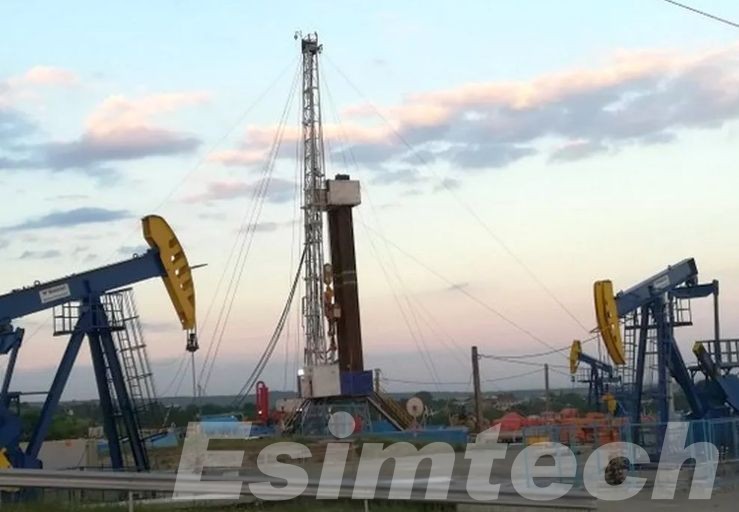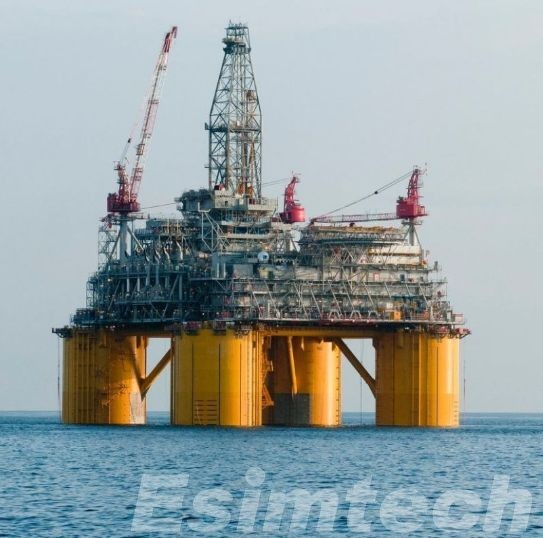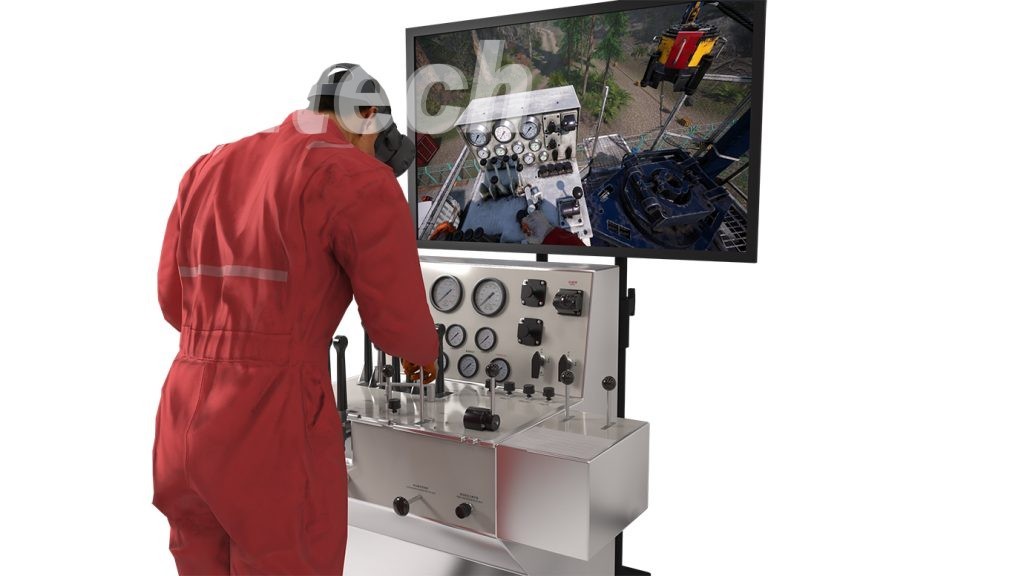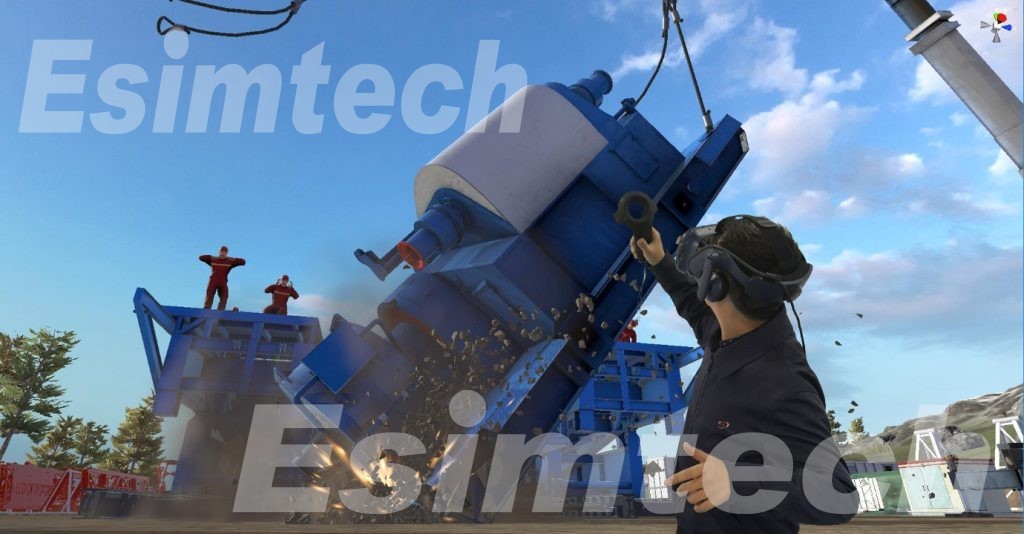A Comprehensive Guide: Onshore Drilling VS Offshore Drilling
The contemporary world relies on the oil and gas industry to sustain industrialization, power transportation, and generate electricity. Both crude oil and natural gas, categorized as fossil fuels, play crucial roles as primary energy sources on a global scale.
Crude oil, also known as petroleum, is a naturally occurring liquid resource utilized in the production of gasoline, jet fuels, and various petroleum-based products. Likewise, natural gas, existing in a gaseous state, is abundant in the United States, often found in porous rock formations like shale. Notably, natural gas contributes approximately one-third of the United States’ total energy consumption. The transportation of oil, its byproducts, and natural gas is facilitated through an extensive network of pipelines across the country.
Natural gas and crude oil are acquired through distinct drilling methods: onshore and offshore. This article will delve into the fundamental aspects of both onshore and offshore drilling practices, exploring the processes involved in each method and examining the advantages and disadvantages associated with these approaches.
What Is Onshore Oil Drilling?

Onshore oil drilling, the extraction of oil and gas from land-based deposits, is a critical component of the global energy landscape. This process utilizes drilling rigs to bore deep into the earth, reaching reservoirs of these valuable resources. While undoubtedly crucial for meeting current energy demands, onshore drilling’s impact necessitates careful consideration.
The environmental footprint of onshore oil drilling is undeniable. Land disturbance, water contamination, air and noise pollution are all potential consequences, requiring responsible management practices. Additionally, the social impact on communities, including concerns about land rights, cultural heritage, and health, needs to be addressed.
Fortunately, stringent regulations govern onshore drilling activities. These regulations aim to ensure environmental protection, worker safety, and responsible resource extraction. Furthermore, advancements in technology offer solutions to minimize environmental impact and improve safety standards. Horizontal and directional drilling techniques, for instance, allow for more precise access to resources, reducing surface disruption.
However, the long-term future of onshore oil drilling faces challenges. Climate change concerns and the transition towards renewable energy necessitate a re-evaluation of our reliance on fossil fuels. As renewable energy sources become increasingly viable and cost-effective, the demand for onshore drilling may decrease.
Despite these challenges, onshore oil drilling remains a vital contributor to the global energy mix, providing the fuel that powers our transportation, industry, and electricity generation.
What Is Offshore Oil Drilling?

Offshore oil drilling, the process of extracting oil and gas from beneath the seabed, is a crucial but controversial source of energy. It involves setting up platforms or drilling rigs in the ocean to tap into underground reservoirs, providing a significant portion of the world’s oil and gas needs.
However, offshore oil drilling faces significant environmental challenges. Accidental spills, leaks, and equipment failures can cause devastating consequences for marine ecosystems, polluting delicate habitats and harming wildlife. Additionally, the exploration and production process can disrupt sensitive ecosystems and contribute to noise pollution, impacting species reliant on sound for communication and navigation.
Balancing the need for energy resources with environmental protection is a major concern. Strict regulations are implemented to govern offshore drilling activities, requiring environmental impact assessments, safety protocols, and contingency plans for spill response. Technological advancements also play a key role, with innovations like subsea wellhead systems and improved drilling techniques aiming to minimize environmental risks.
The future of offshore oil drilling is uncertain. As renewable energy sources become increasingly viable and the world strives to achieve carbon neutrality, the demand for fossil fuels may decrease. However, in the near future, offshore oil drilling is likely to remain an important source of energy, requiring careful management and continuous efforts to minimize its environmental footprint.
Key Differences Between Onshore and Offshore Oil Drilling
While both onshore and offshore oil drilling aim to extract oil and gas reserves, they differ significantly in their location, environmental impact, technology, and cost. Here’s a table summarizing the key differences:
| Feature | Onshore Drilling | Offshore Drilling |
| Location | Land | Underwater |
| Drilling Techniques | Primarily vertical, with some horizontal and directional drilling | More advanced techniques like directional and extended reach drilling |
| Environmental Impact | Land disturbance, water contamination, air and noise pollution | Oil spills, marine life disruption, habitat destruction, noise pollution |
| Regulations and Safety | Subject to land use, environmental protection, and worker safety regulations | Stricter regulations and international agreements |
| Economic Impact | Creates jobs and stimulates economic growth in local communities | Generates economic benefits for coastal communities and contributes to national energy security |
| Future | Faces challenges due to climate change and the transition towards renewable energy | May adapt to changing energy demands and environmental considerations |
How Simulation Training Applies to Onshore and Offshore Drilling
Benefits of Simulation Training
- Enhanced Skills and Knowledge: Simulation training allows trainees to practice a wide range of drilling procedures and emergency scenarios in a safe and controlled environment. This includes well control procedures, blowout prevention, firefighting, and first aid.

- Reduced Risks: By practicing in a simulated environment, personnel can identify and address potential hazards before encountering them in real-world operations. This can significantly reduce the risk of accidents and injuries.
- Improved Efficiency: Simulation training can help to optimize drilling operations by allowing workers to rehearse complex procedures and develop better communication and teamwork skills. This can lead to increased productivity and reduced downtime.
- Cost-Effectiveness: Simulation training can be more cost-effective than traditional training methods, as it eliminates the need for expensive equipment and resources. Additionally, it can reduce the need for costly travel and accommodation for trainees.
Simulation training plays a crucial role in onshore drilling operations, where trainees can gain experience with:
- Rig operations: Trainees can practice operating drilling equipment, controlling wellbore pressure, and handling various drilling fluids.
- Emergency response: Simulation scenarios can prepare trainees to respond to emergencies such as blowouts, fires, and equipment failures.

- Environmental awareness: Trainees can learn how to identify and mitigate potential environmental risks associated with onshore drilling operations.
For offshore drilling, where the environment is more challenging and the stakes are higher, simulation training offers invaluable benefits such as:
- Preparation for harsh conditions: Trainees can practice operating equipment in simulated harsh weather conditions, such as high winds and rough seas.
- Emergency response in confined spaces: Offshore drilling rigs are confined spaces, making emergency response more complex. Simulation training can prepare personnel for these situations.
- Communication and teamwork: Offshore drilling requires strong communication and teamwork between personnel. Simulation training can help to develop these skills in a safe and controlled environment.
Conclusion
The choice between onshore and offshore drilling depends on a variety of factors, including the location of oil and gas reserves, environmental considerations, and economic feasibility. By understanding the key differences between these two drilling methods, we can make more informed decisions about our energy future.

